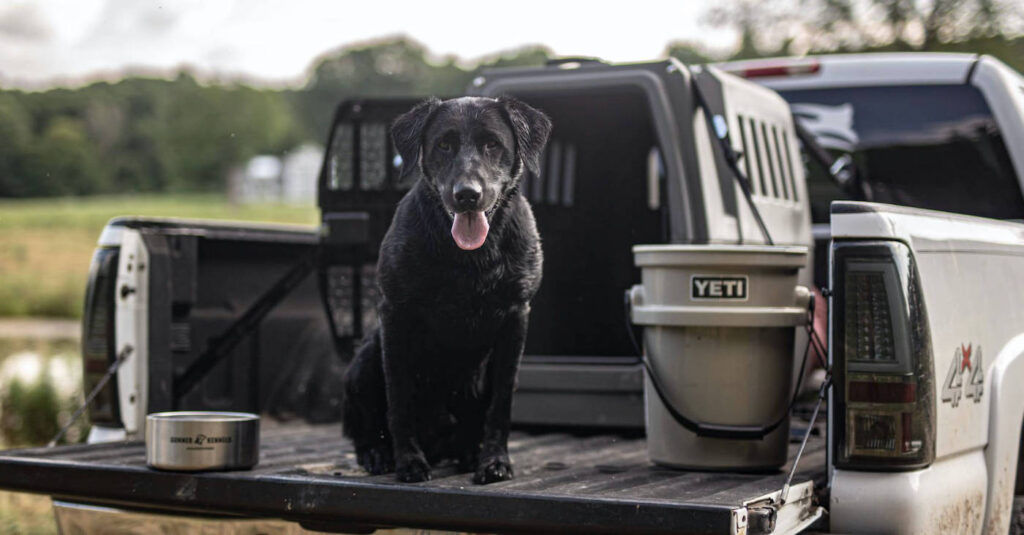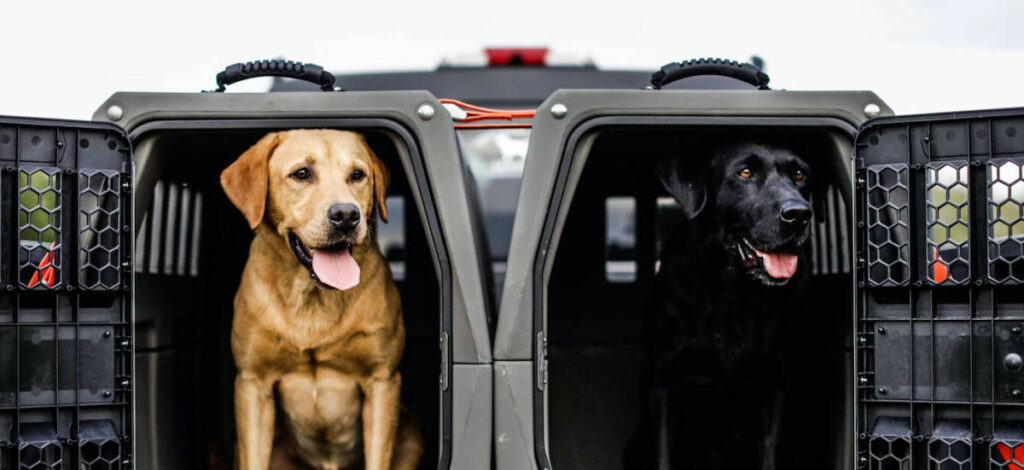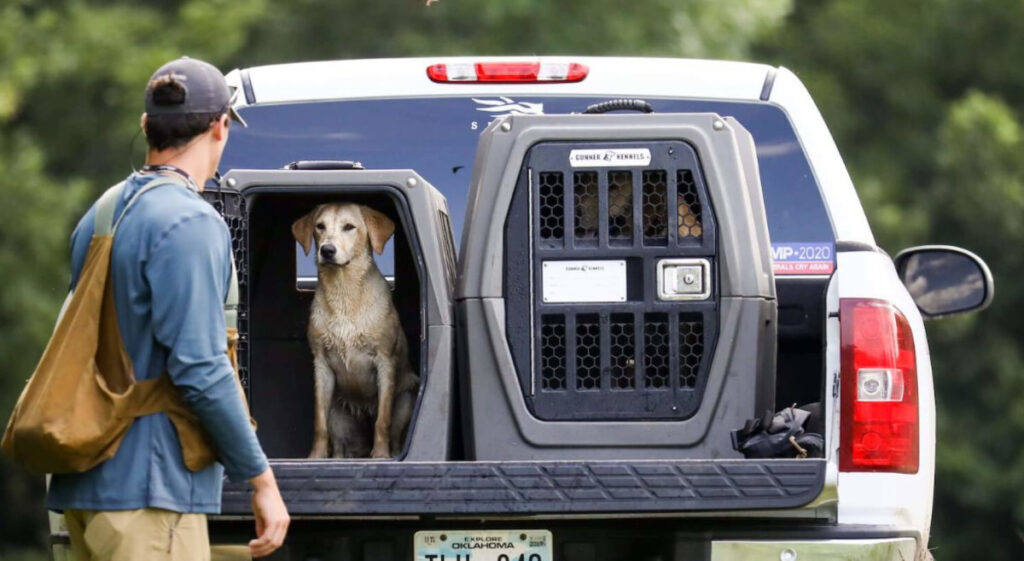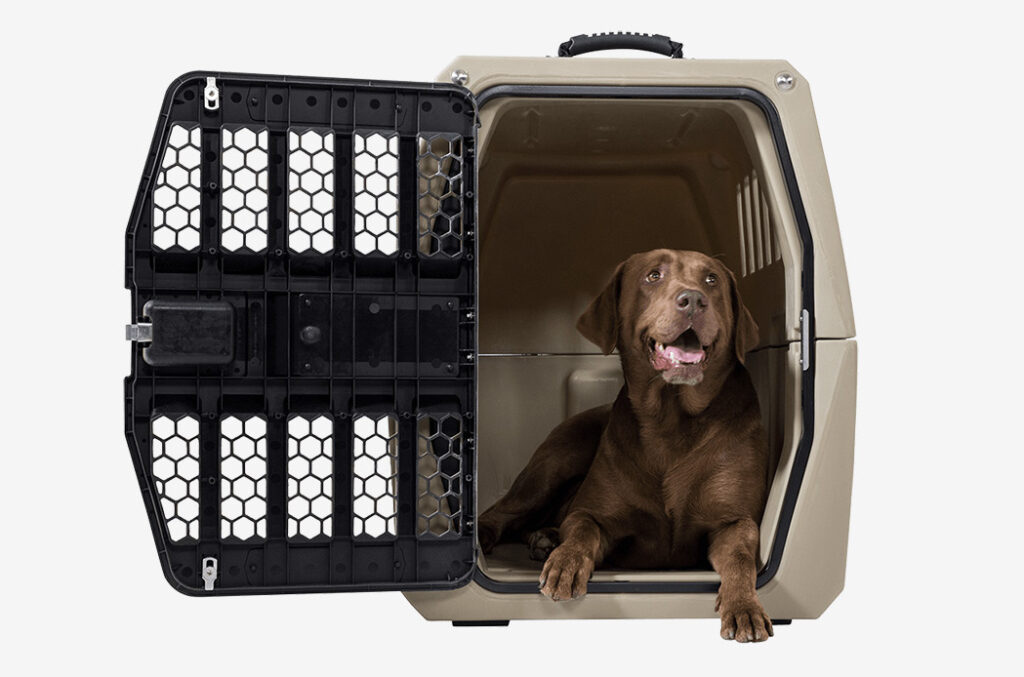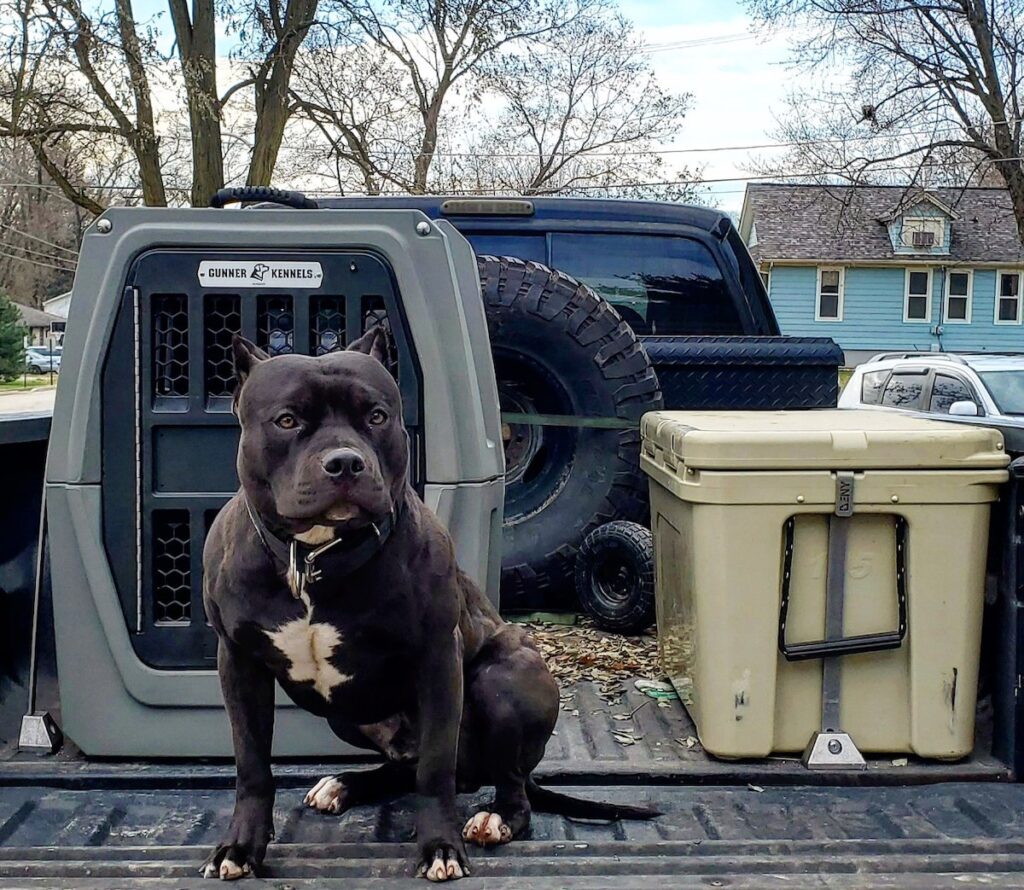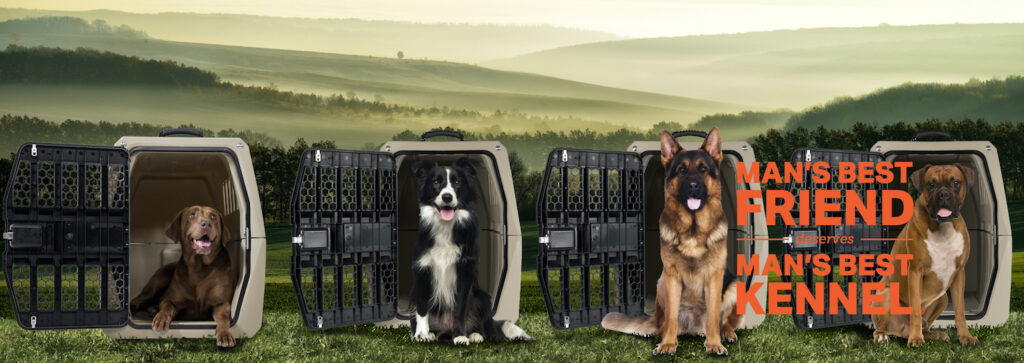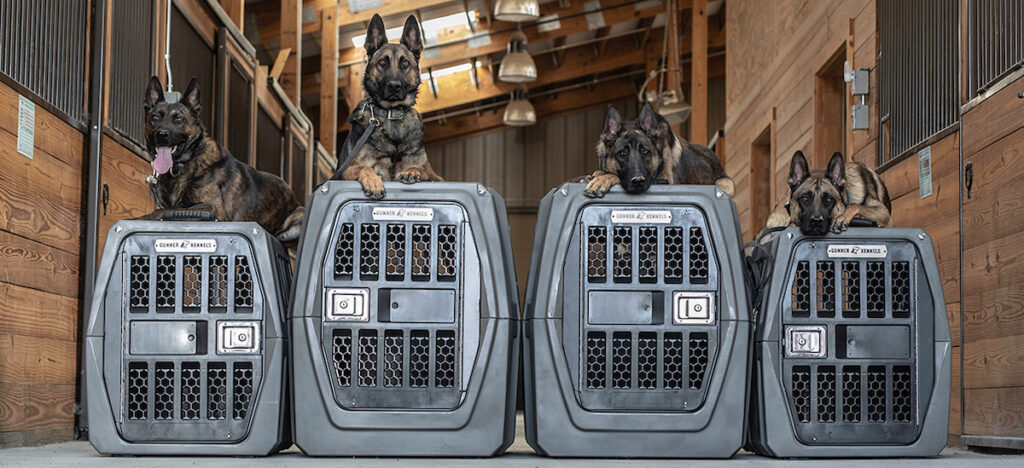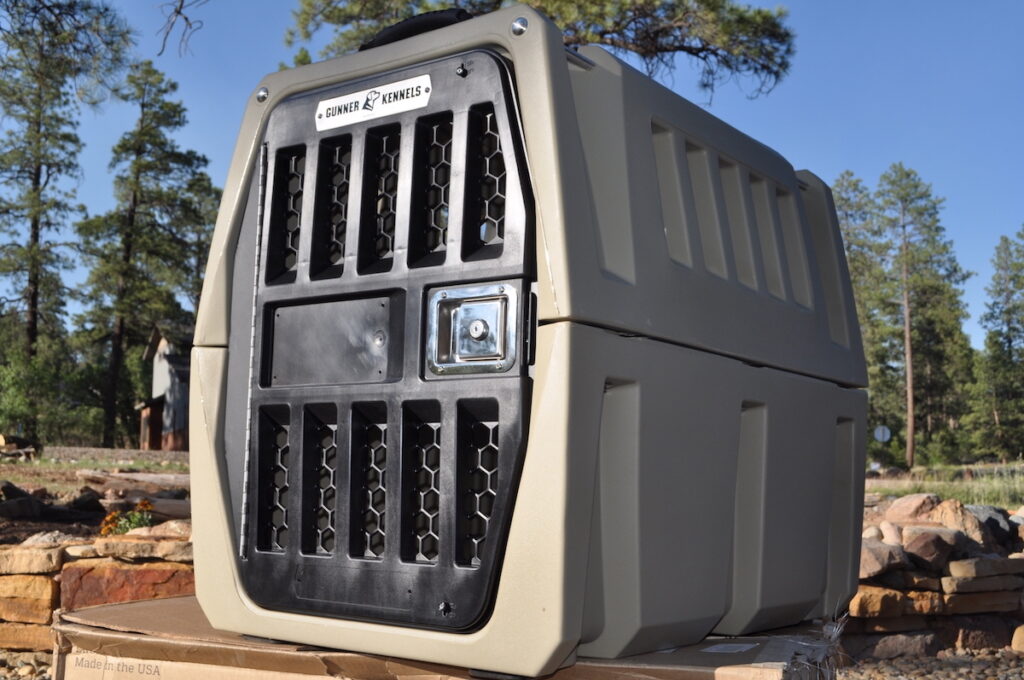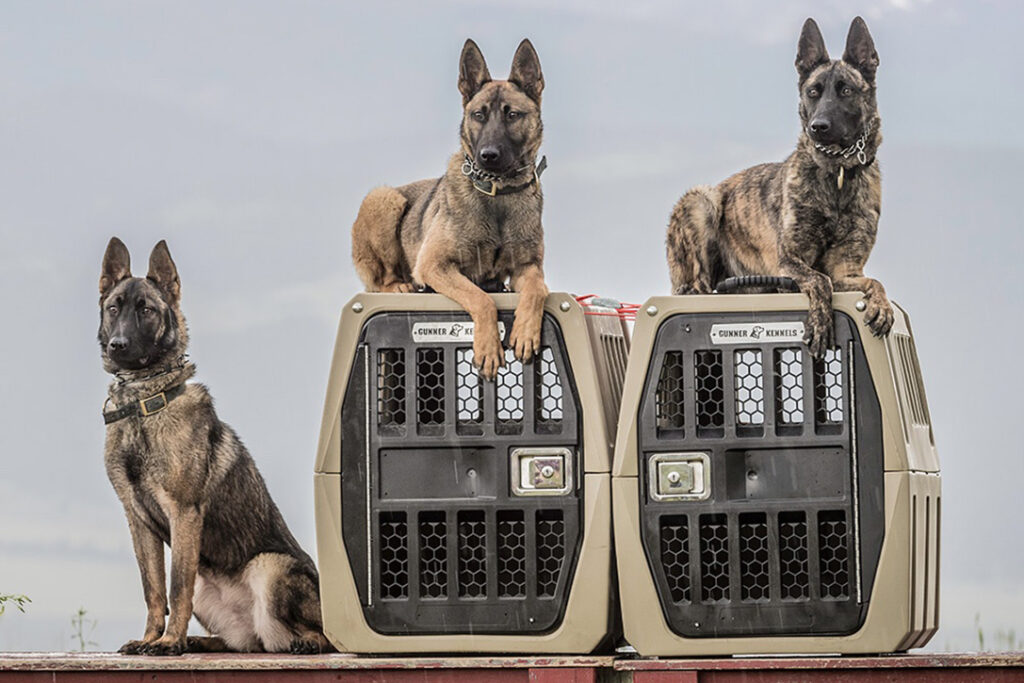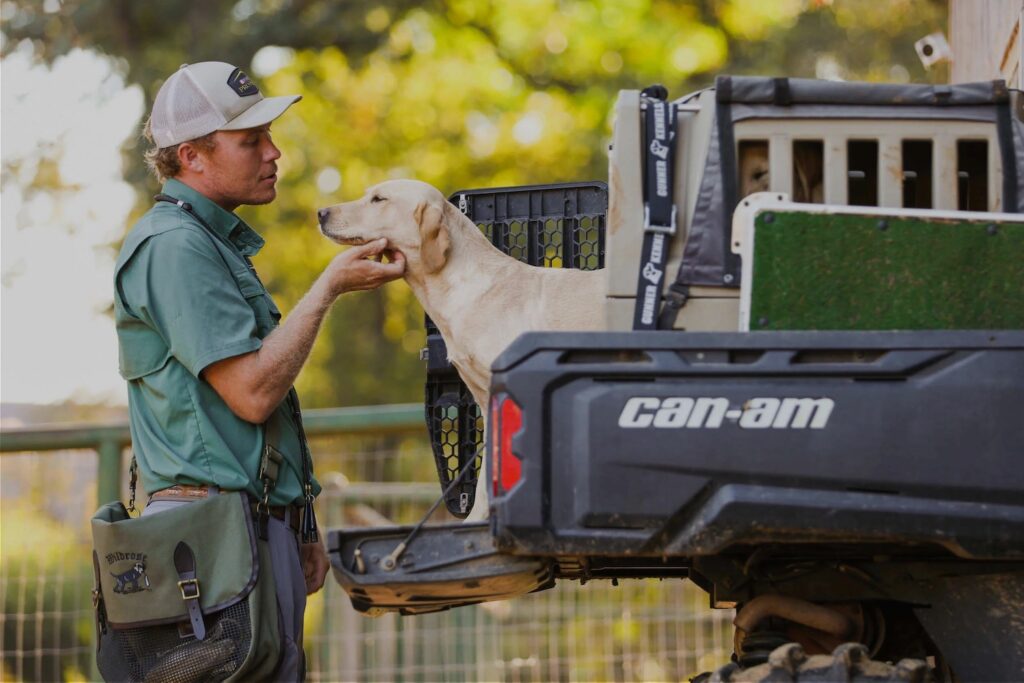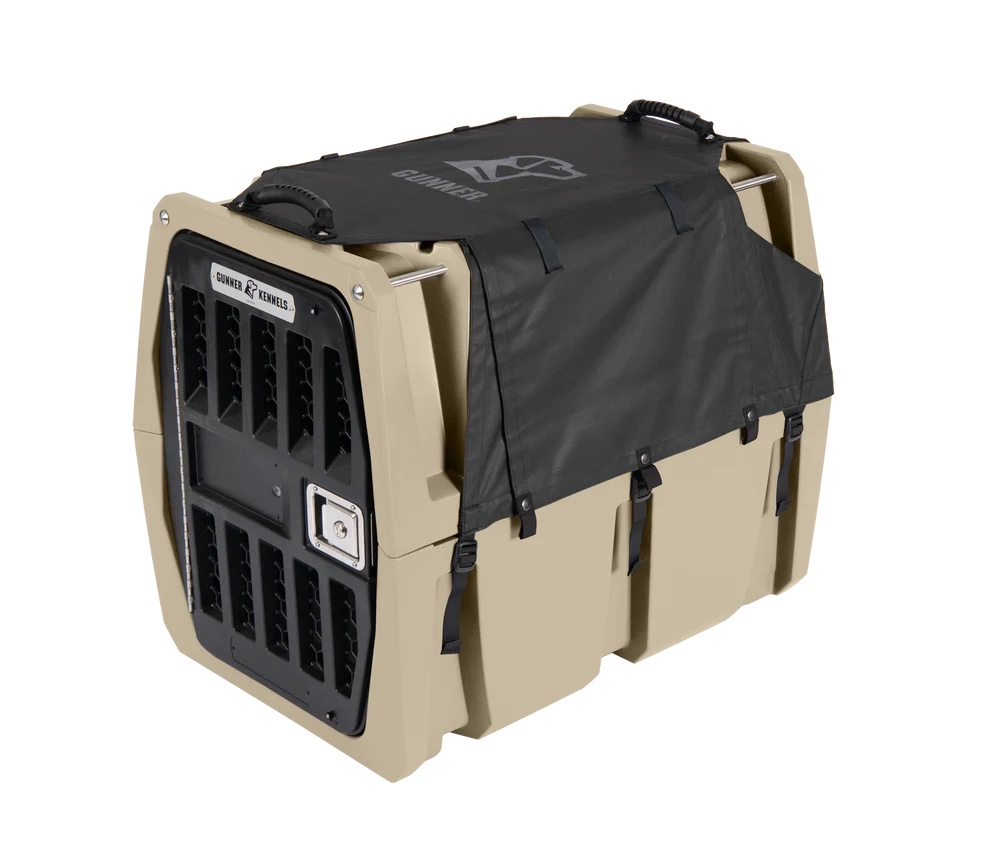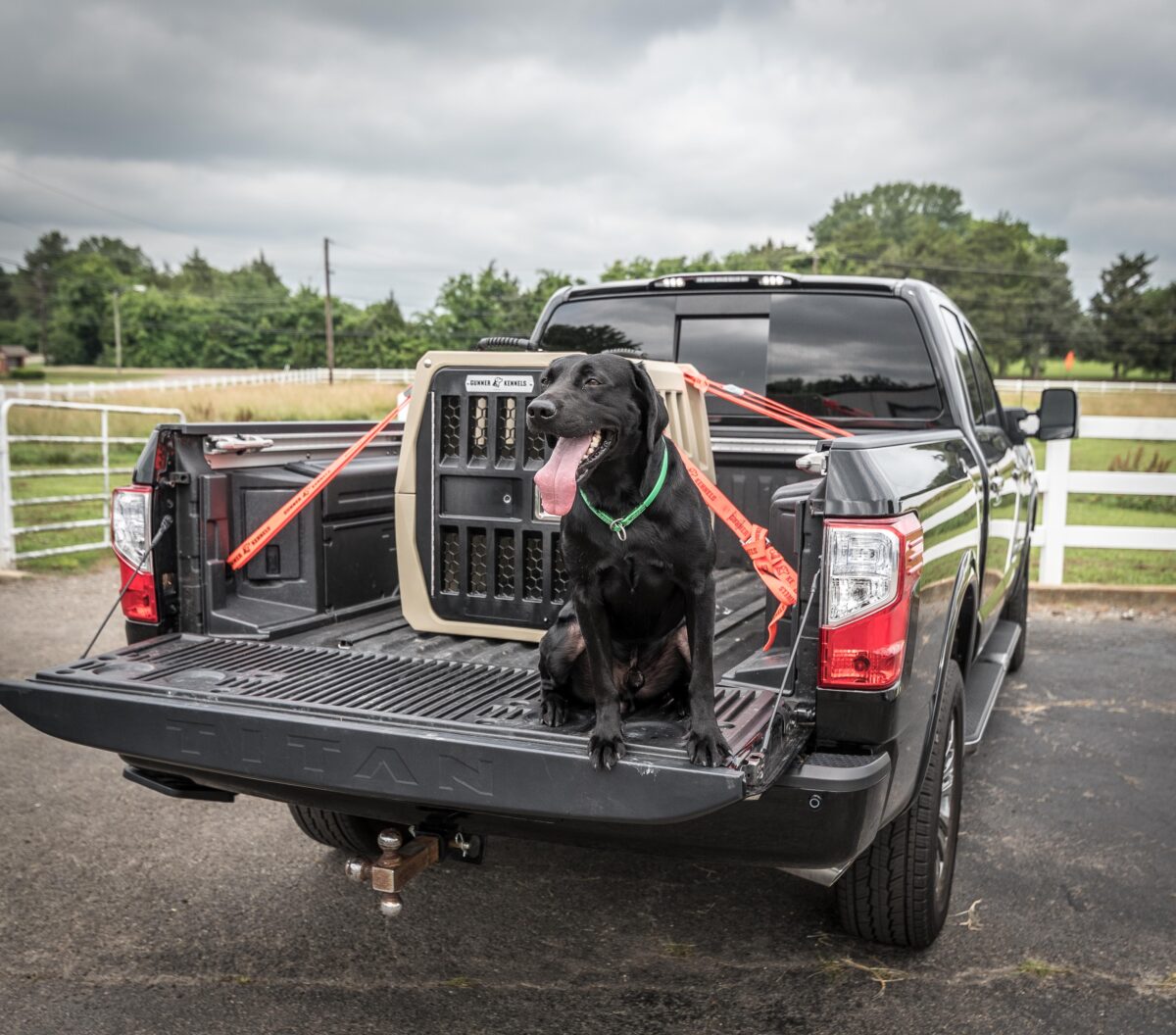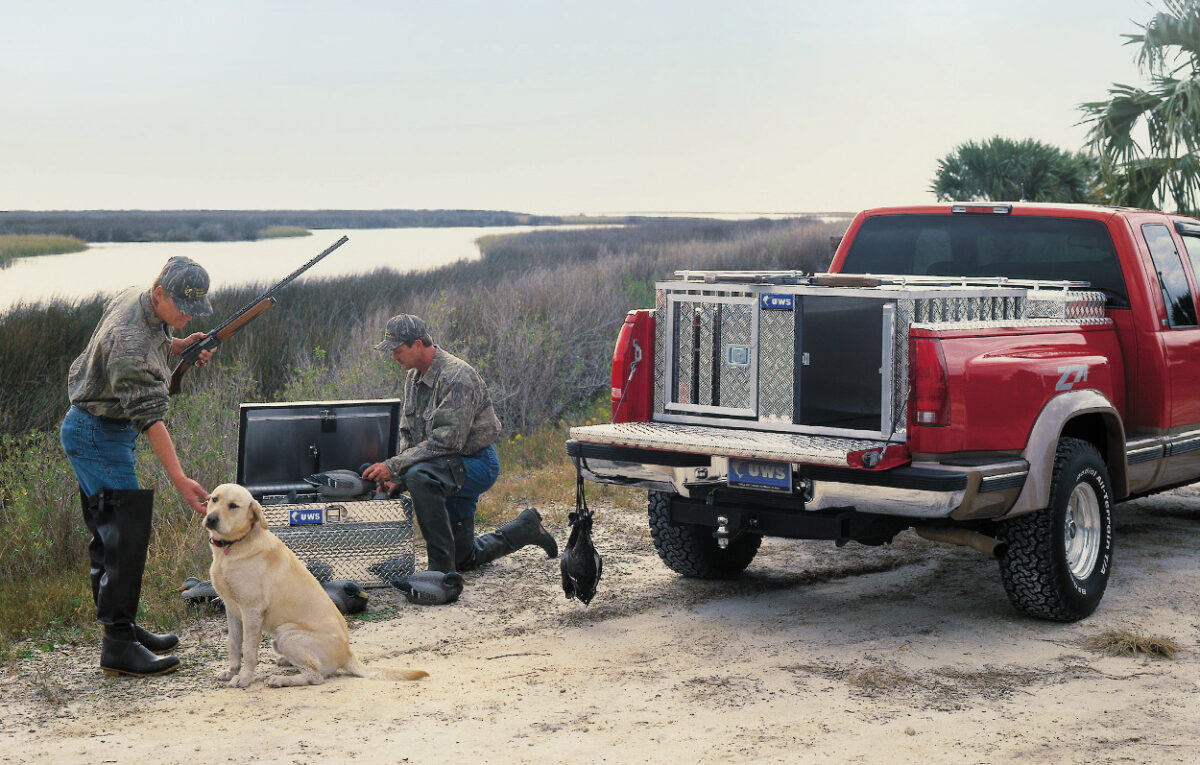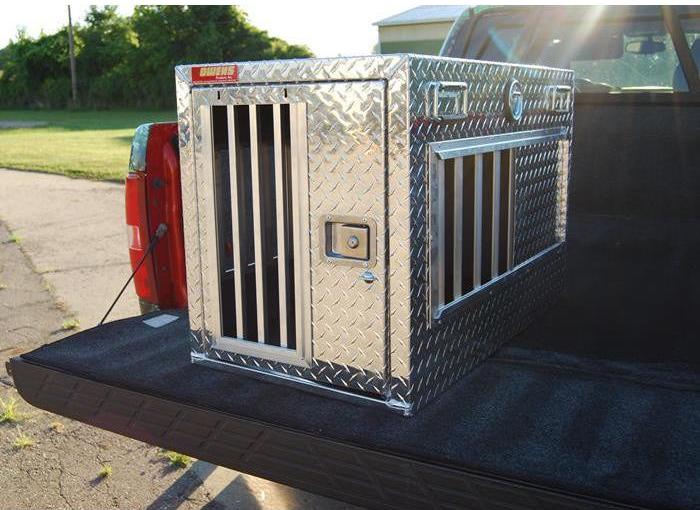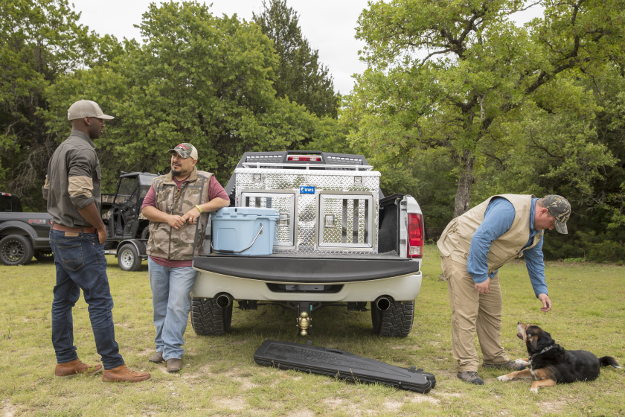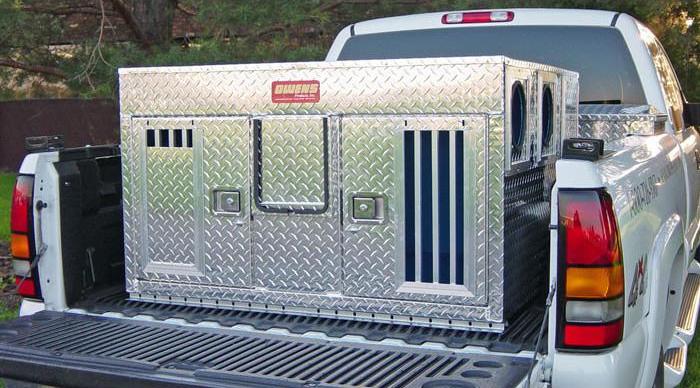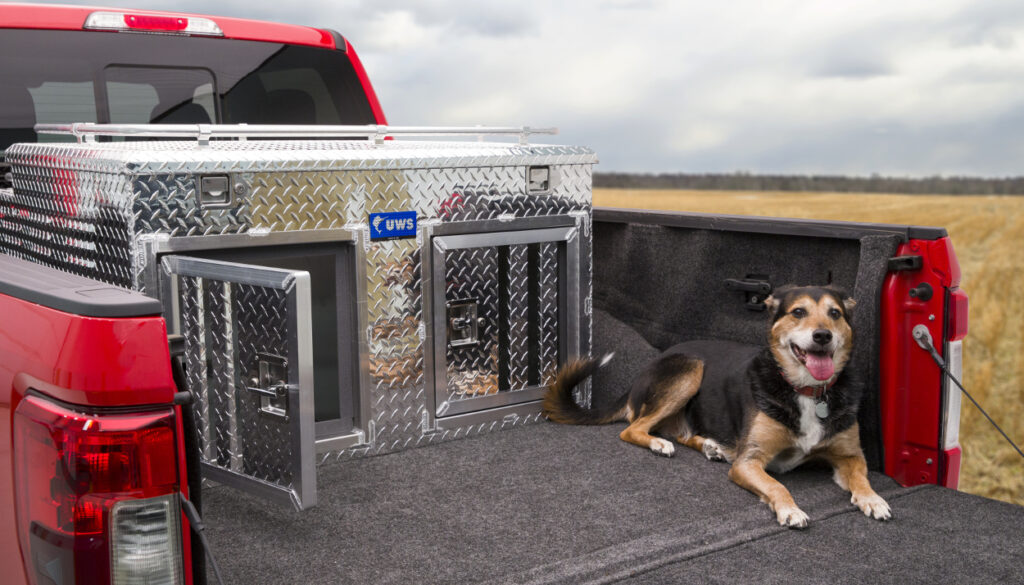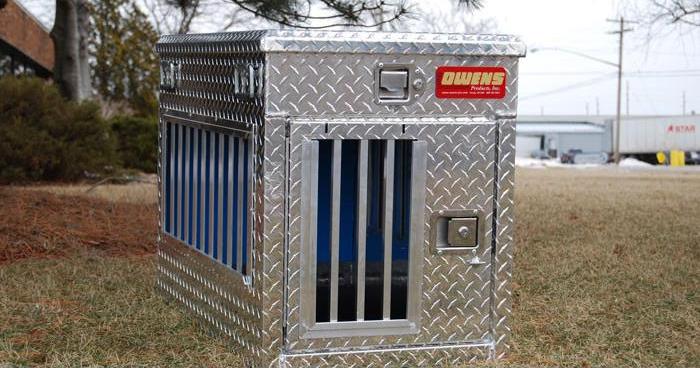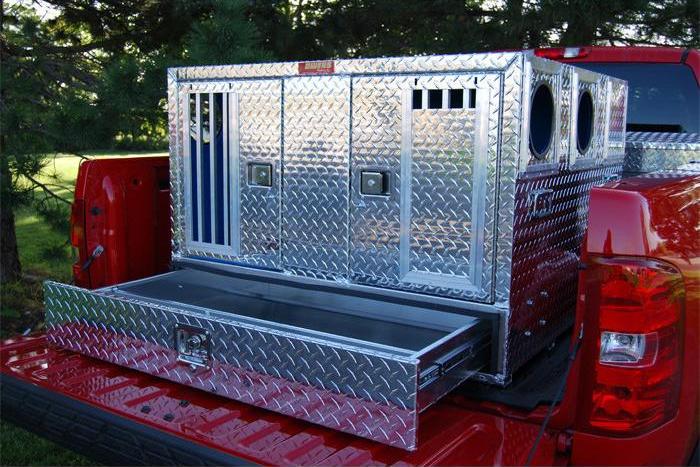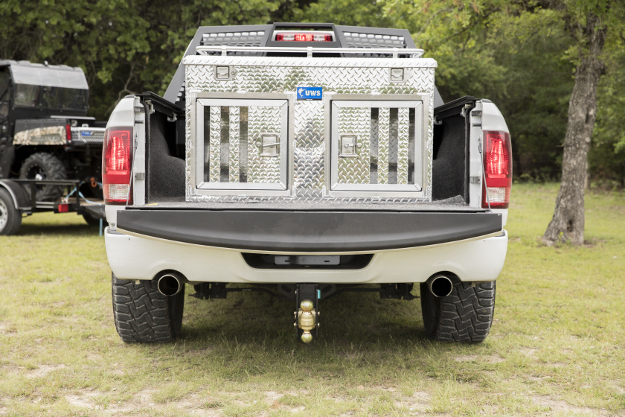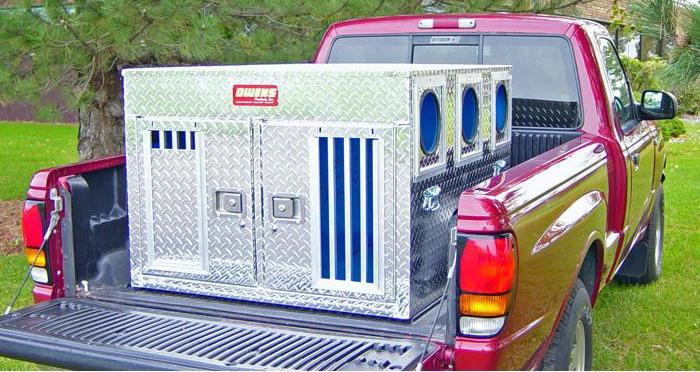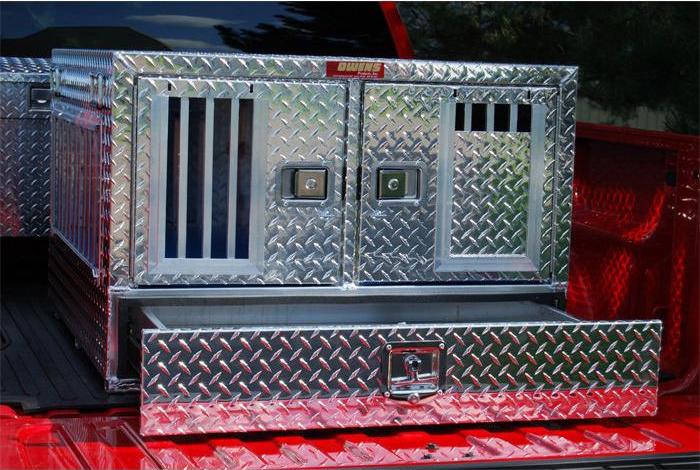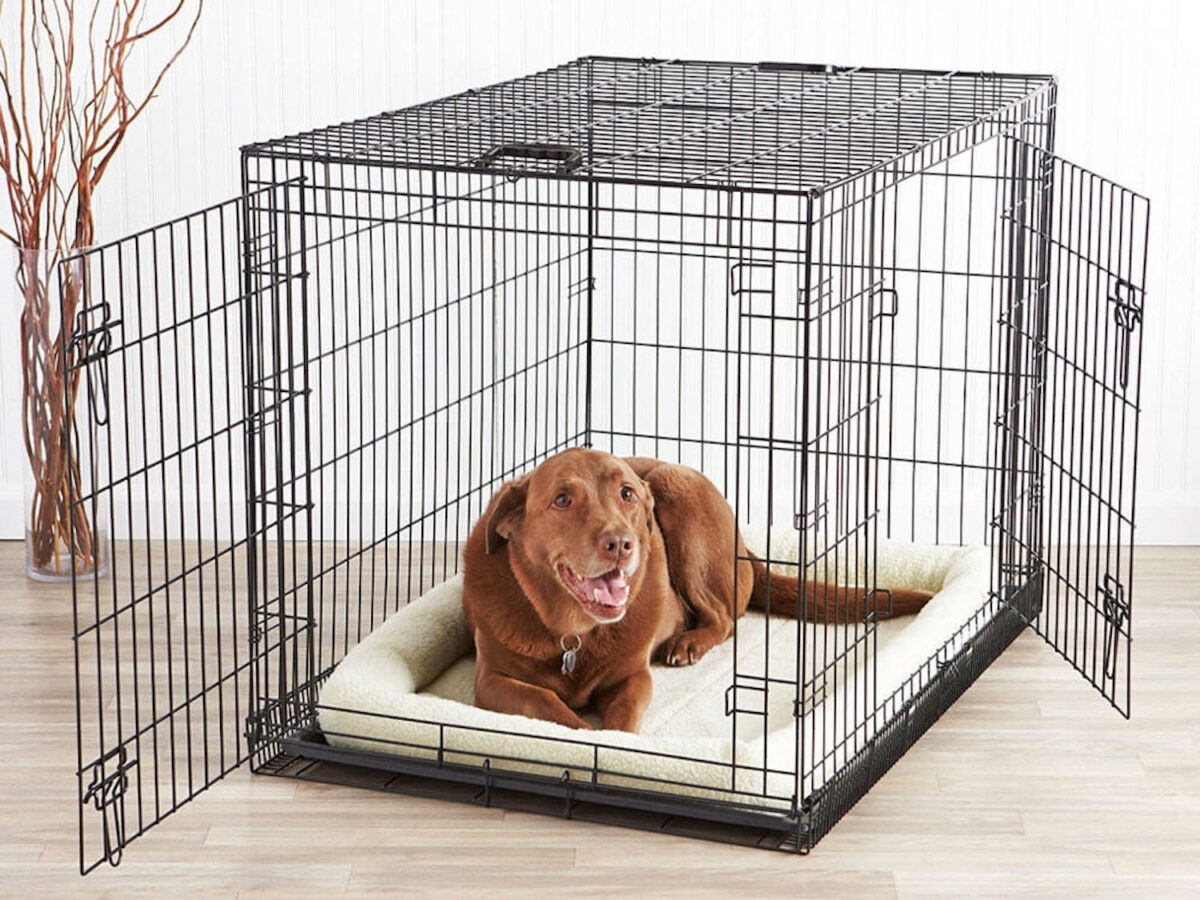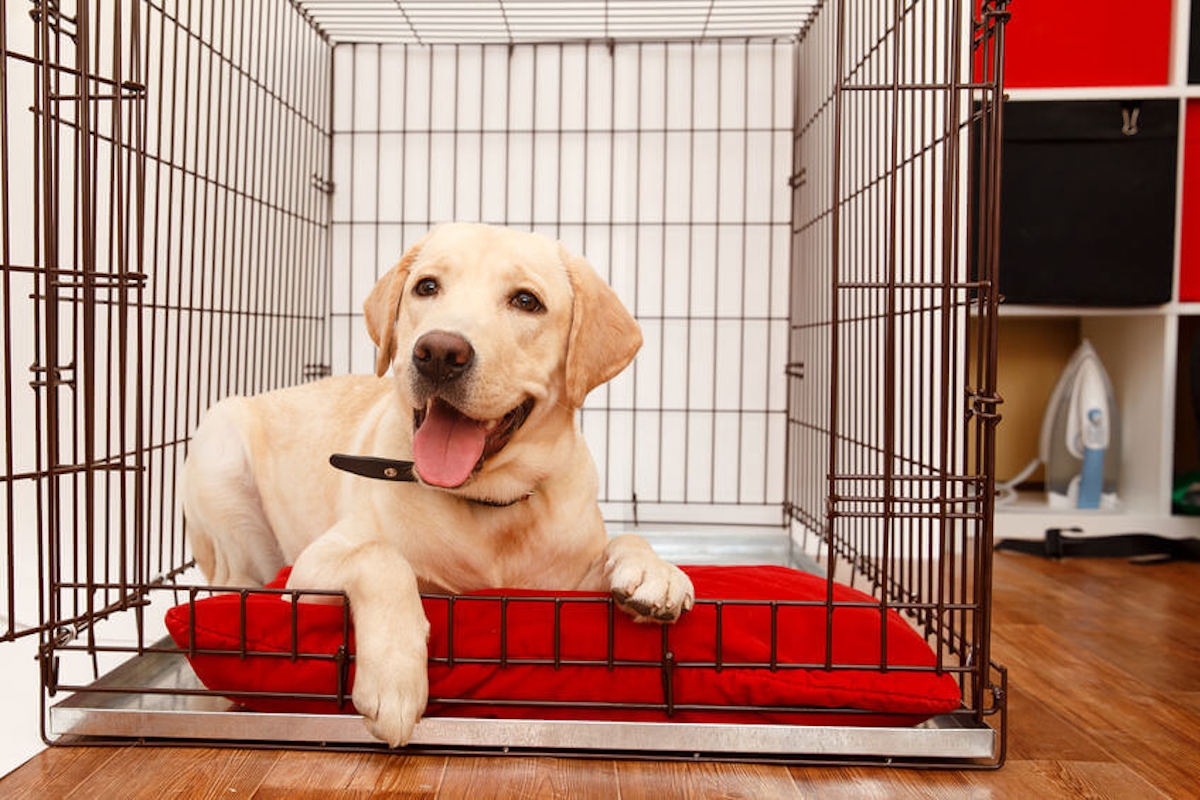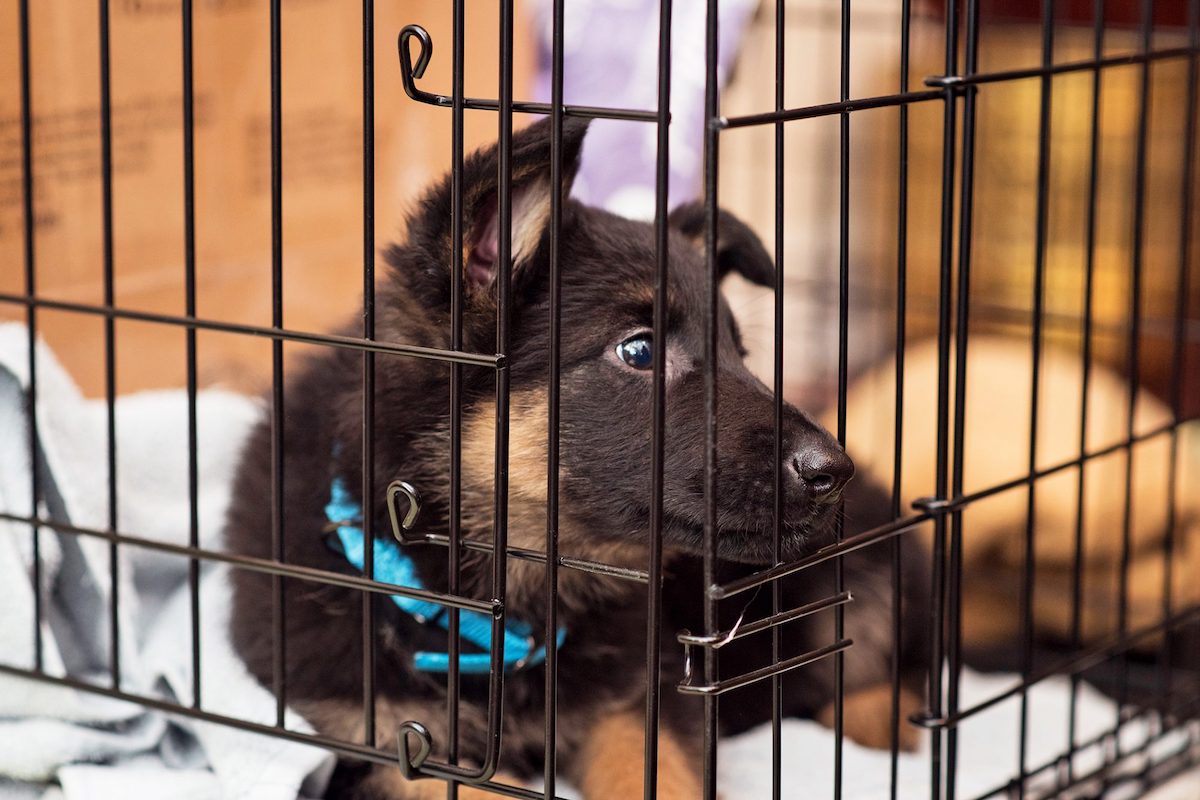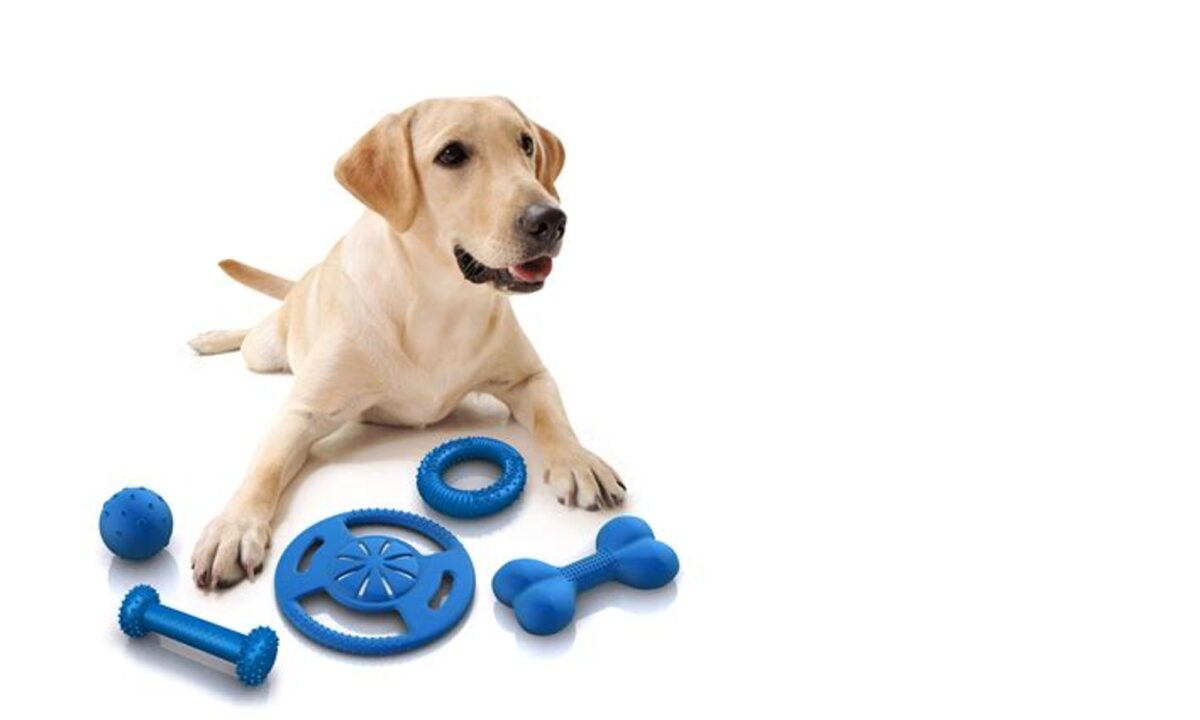Introduction
The Ultimate Puppy Crate Training Schedule
Looking for the best puppy crate training schedule? Read on!
Are you a pet parent or new hound owner wondering how to train your furry friend? One of the most effective methods for training pups is crate training. Not only does it provide a safe space for your pup, but it also helps with pee breaks and separation anxiety. Additionally, it’s a great spot for your pup to take a nap.
If you’re unfamiliar with crate training for your pups, don’t worry! This article will give you an overview of what it is to crate trained your canine companion and why it’s beneficial for your puppy’s development, including getting them potty trained. You and your canine companion will be much happier! We’ll also provide a detailed crate trained schedule to help you get started with crate training your new hound companion, ensuring they get enough nap time.
Crate training can seem daunting at first, but with consistency and patience, it can be a positive experience for both you and your pup. This applies to potty and crate trained, hound, labradoodle, and aussiedoodle puppies as well! So let’s dive in and explore the world of puppy crate training schedules!
Importance of Consistency and Patience in Crate Training:
Consistency is Key to Successful Crate Training
Consistency is key in house training your hound. This means that you should establish a routine for your puppy’s training schedules and stick to it as closely as possible. This includes feeding times, potty breaks, playtime, and crate time. By offering training treats during the process and establishing a consistent routine, your puppy will learn what is expected of them and when.
Consistency also applies to the way you use the crate. For example, if you use the crate for punishment or as a place to put your puppy when you’re angry with them, they will associate the crate with negative experiences. On the other hand, if you use the crate as a safe and comfortable space for your puppy to relax in, they will be more likely to view it positively. Additionally, incorporating some training rewards and treats into your house training routine can help reinforce positive behaviors. Following consistent potty training schedules will also aid in successful house training. Finally, using a shelf reward system can further incentivize good behavior and create a positive association with the crate.
Patience is Necessary During the Process of Crate Training
Crate training takes time and patience. It’s important to remember that every puppy is different and will learn at their own pace. Some puppies may take longer than others to feel comfortable in their crates. Using a shelf to store their favorite reward can help encourage them to enter the crate willingly.
During the process of crate training a puppy, it’s important not to rush things. If your puppy seems hesitant or scared about going into their crate, don’t force them inside or punish them for not wanting to go in. Instead, try using shelf reward, treats or toys to encourage them to enter on their own.
It’s also important not to leave your puppy in their crate for too long during the early stages of training. Gradually increase the amount of time they spend in their crate so that they can get used to being alone without becoming anxious or stressed.
Inconsistency Can Lead to Confusion and Setbacks in Crate Training
Inconsistency can lead to confusion and setbacks in crate training. If you’re not consistent with your routine or how you use the crate, your puppy may become confused about what is expected of them.
For potty training accidents for example, if you allow your puppy to sleep in bed with you one night and then put them in their crate the next, they may become confused about where they’re supposed to sleep. This can lead to anxiety and stress for both you and your puppy. It’s important to maintain consistent potty training schedules and reward good behavior with training treats to avoid any confusion or setbacks.
Inconsistency between a pee break and potty accidents can also lead to setbacks in potty training. If you don’t take your puppy out for a pee break between regular potty breaks or leave them in their crate for too long after potty accidents, they may have accidents inside the house. This can be frustrating for both you and your puppy and set back their potty training progress.
Choosing the Right Size Crate for Your Puppy:
Importance of Choosing a Properly Sized Crate for Your Puppy
Choosing the right crate size is one of the most important aspects of puppy crate training. A properly sized crate will provide your little guy with a secure and comfortable space to rest and relax, while also serving as a safe haven when he needs some alone time. On the other hand, using a wrong-sized crate can lead to several problems such as separation anxiety, destructive behavior, and even physical injuries.
How to Measure Your Puppy for the Right Size Crate
Before purchasing a puppy crate, you need to measure your furry friend’s size accurately. To do this, you will need a measuring tape or ruler. Start by measuring your pup’s length from nose to tail base while he is standing up straight on all fours. Next, measure his height from the floor to the top of his head or ears (whichever is higher). Finally, add 2-4 inches to both measurements to get an appropriate size range for your pup’s crate. This will ensure that there is enough space for your pup to comfortably move around and follow potty training schedules. Additionally, don’t forget to reward good behavior during potty training accidents with training treats.
Once you have determined your puppy’s size range, it’s time to choose the right-sized open crate door. The open crate door should be big enough for him to move in and out comfortably but not so large that he can escape or get stuck in it.
Consequences of Using a Wrong-Sized Crate
Using an inappropriate sized puppy crate can lead to several problems that may hinder your dog’s training progress. For instance:
If the crate is too small, your young or old puppy will feel cramped and uncomfortable leading him to develop stress and anxiety which may cause destructive behavior, hindering his puppy training progress.
If it’s too big: He may use one corner as his potty area while sleeping on another side, hindering puppy training and the crate training process. It’s important to establish a puppy crate training schedule with appropriate crate periods to teach your puppy how to hold his bladder.
It may also increase chances of injury if an old puppy gets trapped between bars or tries jumping over them during the crate training process. Proper puppy training and gradually increasing crate periods can help prevent such incidents.
A great option would be getting a mini-crate for a small puppy or a short one for a larger breed. This way, your pup will have enough space to move around and stand up without feeling cramped.
Proof Area
If you’re not sure about the right size of the crate for your furry friend, you can always create a proof area before purchasing one. A proof area is a designated spot in your home where you can place your puppy’s bed, toys, and water bowl. You can use this area to observe how much space he needs to rest comfortably and move around with ease.
Best Material for Dog Crates:
Types of Materials Used in Dog Crates
One of the most important factors to consider is the type of material used in the crate. There are several different materials commonly used in dog crates, including wire, plastic, and fabric.
Wire Crates
Wire crates are a popular choice for many pet owners due to their durability and ventilation. They allow for good air circulation and provide an unobstructed view for your puppy. Wire crates also come with removable trays that make cleaning up messes easy.
However, some dogs may not feel as secure in a wire crate since they offer little privacy. Wire crates can be noisy if your puppy moves around inside them.
Plastic Crates
Plastic crates are another common option for crate training puppies. They offer more privacy than wire crates and are often preferred by dogs who like to have their own space. Plastic crates also tend to be quieter than wire ones since they don’t rattle or clang as much.
On the downside, plastic crates may not provide as much ventilation as wire ones do. They can also be more difficult to clean since they don’t have removable trays like wire ones do.
Fabric Crates
Fabric or soft-sided crates are lightweight and portable, making them ideal for travel or outdoor use. They’re also often cheaper than other types of dog crates.
However, fabric crates aren’t suitable for all dogs since they can easily be chewed through or torn apart by determined puppies. They also don’t provide as much protection from the elements as other types of dog crates.
Pros and Cons of Each Material Type
Each type of material used in dog crates has its own set of pros and cons that you should consider before making a decision on which one to buy.
Wire Crate Pros:
Good ventilation
Unobstructed view
Easy to clean
Wire Crate Cons:
Plastic Crate Pros:
More privacy
Quieter than wire crates
Plastic Crate Cons:
Less ventilation
Difficult to clean
Fabric Crate Pros:
Fabric Crate Cons:
Factors to Consider When Choosing a Material Type
When choosing a material type for your puppy’s crate, there are several factors you should keep in mind.
Puppy’s Size: The size of your puppy will determine the size of the crate you need. Make sure you choose a crate that is big enough for your puppy to stand up, turn around, and lie down comfortably.
Durability: Consider how durable the material is and whether it can withstand your puppy’s chewing and scratching.
Ventilation: If you live in a hot climate or plan on using the crate outdoors, make sure it provides adequate ventilation.
Portability: If you plan on traveling with your puppy frequently, consider getting a lightweight and portable fabric crate.
Price: Dog crates come in a wide range of prices, so consider how much you’re willing to spend before making a decision.
By taking these factors into consideration and weighing the pros and cons of each material type, you’ll be able to choose the best crate for your furry or canine friend*’s needs.
Healthy Treats and Toys for Puppy Crate Training:
Importance of treats and toys during puppy crate training
Puppy crate training can be a challenging process, but it is essential to ensure that your furry friend is safe and comfortable. While the primary goal of crate training is to teach your pup how to stay in their crate without feeling anxious or stressed, incorporating treats and toys into the crate training process can make a significant difference.
Giving your pup healthy treats during crate training can help create a positive association with their crate. You can use treats as a shelf reward when they enter their crate on command or as meal toppers when feeding them inside their crate. This will encourage them to see their crate as a safe space where good things happen.
Toys are also essential during puppy crate training, as they provide mental stimulation and help alleviate boredom. When choosing toys for your pup’s crate, make sure they are safe and durable enough to withstand chewing. Avoid a chew toy or giving them anything with small parts that could break off and cause choking hazards.
Types of healthy treats recommended during puppy crate training
It’s important to choose options that are both healthy and delicious. Here are some options you may want to consider:
Frozen fruits like blueberries or strawberries: These sweet treats are low in calories but high in antioxidants.
Carrots: Crunchy carrots are an excellent source of vitamins A and C.
Peanut butter: High in protein and healthy fats, peanut butter is a great option for stuffing Kongs or other treat-dispensing toys during puppy crate training schedule.
Small pieces of cooked chicken or turkey: These lean proteins are perfect for using as meal toppers or shelf rewards.
Freeze-dried liver: Many dogs love the taste of freeze-dried liver, which is high in protein and low in fat.
Remember not to overdo it with the treats! Giving too many can lead to an upset stomach or weight gain.
Safe toys that can be used during puppy crate training
Toys can help keep your pup entertained and mentally stimulated while they are in their crate. Here are some safe options you may want to consider:
Kongs: These durable rubber toys can be filled with treats or peanut butter, providing hours of entertainment.
Puzzle toys: Toys like the Nina Ottosson Dog Tornado require your pup to solve puzzles to access treats, keeping them engaged for longer periods.
Chew toys: Durable chew toys like Nylabones or Benebones can help satisfy your pup’s natural urge to chew without damaging their teeth.
Soft plush toys: If your pup enjoys snuggling with soft toys, make sure they are sturdy enough to withstand chewing and don’t have any small parts that could pose a choking hazard.
Remember always to supervise your pup when giving them toys in their crate. If you notice any signs of damage or wear and tear, replace the toy immediately.
Age-related Crate Training Schedule:
Different stages in a puppy’s life require different schedules
Crate training is an essential aspect of raising a puppy, and it helps to ensure that they have a safe and comfortable space to call their own. However, the duration of time that a puppy can spend in their crate varies depending on their age. Puppies have small bladders and need frequent potty breaks, so it’s crucial to adjust the crate training schedule accordingly.
For puppies between eight and ten weeks old, crate periods should be limited to 30-60 minutes at a time. This period allows your new furry friend enough time to get acclimated with its surroundings without feeling overwhelmed or anxious. As your pup grows older, you can gradually increase the amount of time they spend in the crate.
Between ten and twelve weeks old, puppies can handle up to two hours spend time in the crate before needing a potty break or some playtime outside of the enclosure. By four months old, most puppies can stay in their crates for three to four hours during the day while you’re out running errands or at work.
Recommended duration times based on age groups
As your puppy grows older, you’ll need to adjust their crate training schedule accordingly. Here are some recommended duration times effective crate training schedule based on age groups:
It’s important not to leave your puppy in its crate for longer than necessary as this could cause them distress or anxiety. If you’re going away for more extended periods, consider hiring a dog walker or asking someone trustworthy to check-in on your pup while you’re away.
Adjusting schedules as puppies grow older
As mentioned earlier, adjusting your puppy’s crate training schedule as they grow older is essential. A general rule of thumb is that puppies can hold their bladder for one hour per month of age, plus one. For example, a three-month-old puppy can hold it in for up to four hours.
By six months old, most puppies should be able to stay in their crates for up to six to eight hours, without needing a break. However, this doesn’t mean you as pet parents should leave them alone for extended periods regularly. Puppies need plenty of socialization and exercise to thrive, so make sure you’re providing plenty of opportunities for playtime outside of the crate.
Establishing a Puppy Crate Training Routine:
Consistency is Key
Creating a consistent routine with your puppy is essential to establishing successful crate training. Puppies thrive on routine, and consistency helps them feel safe and secure in their environment. When creating a daily routine for your puppy, consider the following:
Feeding times
Playtime
Potty breaks
Nap time
It’s important to establish set times for each of these activities and stick to them as closely as possible. This will help your puppy understand what is expected of them and when.
Incorporating Playtime, Feeding, and Potty Breaks into the Routine
When crate training your puppy, it’s essential to incorporate playtime, feeding, and potty breaks into their daily routine. This will help them learn that the crate is a safe space where they can relax without feeling anxious or stressed.
Here are some tips for incorporating these activities into your puppy’s daily routine:
Feeding: Feed your puppy at the same time each day. It’s best to feed them in their crate so that they associate it with positive experiences.
Playtime: Set aside specific times each day for playtime. This can be done inside or outside of the crate but should be consistent.
Potty breaks: Take your puppy outside for potty breaks at regular intervals throughout the day. Be sure to take them out immediately after they wake up from naps or after eating.
By incorporating these activities into their daily routine, you’ll be able to establish a sense of consistency that will make crate training easier.
Sticking to the Routine Even on Weekends or Holidays
It can be tempting to deviate from your puppy’s routine on weekends or holidays when you have more free time. However, it’s important to remember that consistency is key.
If you need to adjust your schedule slightly due to a special event or holiday, try to do so in a way that won’t disrupt your puppy’s routine too much. For example, if you usually take your puppy out for their first potty break at 7 am but want to sleep in until 8 am on the weekend, try gradually adjusting their schedule by taking them out at 7:30 am for a few days before making the full adjustment.
Bathroom Breaks for Puppies During Crate Training:
Frequency and Timing Recommendations for Potty Breaks
One of the most important aspects of puppy crate training is establishing a consistent potty break schedule. The frequency and timing of these breaks will depend on your puppy’s age, size, and individual needs. As a general rule, puppies should be taken outside to go potty every 2-3 hours during the day, with additional breaks after meals or playtime.
For younger puppies (under 4 months), they may need to go out even more frequently – up to every hour or so. It’s also essential to take them out first thing in the morning and right before bed. As your puppy gets older and can hold their bladder for longer periods, you can gradually increase the time between potty breaks.
It’s also crucial to establish a routine around bathroom breaks. Try to take your puppy out at the same times each day so they can anticipate when it’s time to go potty. This consistency will help prevent accidents inside the crate and make the training process smoother overall.
How Long Puppies Can Hold Their Bladder Based on Age Group
Knowing how long your puppy can hold their bladder is critical when establishing a bathroom break schedule during crate training. Generally speaking, puppies can hold their bladder for one hour per month from eight hours of age until they are six months old.
For example, if your puppy is two months or two month old puppy now, they should be able to hold their bladder for a few hours – a two month old puppy can sleep for about two hours maximum before needing a potty break. However, this timeline is just an estimate – some puppies may need more frequent breaks than others based on their individual needs.
It’s also worth noting that certain factors may impact how long your puppy can hold it – such as exercise level or water intake. Be sure to monitor your pup closely during crate training and adjust their bathroom break schedule as needed.
Tips on How to Encourage Puppies to Go Outside During Potty Breaks
Encouraging your puppy to go potty outside during bathroom breaks is key to successful potty train and crate training. Here are some tips to help make the potty train and crate potty train process smoother:
Use a consistent command: Choose a specific command, such as “go potty” or “do your business,” and use it every time you take your puppy out for a bathroom break. Over time, they will associate this phrase with going potty and be more likely to go quickly.
Reward good behavior: When your puppy goes potty outside, be sure to praise them and offer a treat as positive reinforcement. This will help them understand that going outside is the desired behavior.
Be patient: Some puppies may take longer than others to go potty outside – especially if they’re distracted by new smells or sounds. Be patient and wait until they’ve gone before bringing them back inside.
Consider using a divider: If you’re worried about accidents in the crate while you’re away from home, consider using a divider to make the space smaller. This can help discourage your puppy from going potty inside the crate and encourage them to hold it until their next bathroom break.
Overall, establishing a consistent bathroom break schedule during puppy crate training is crucial for success. By following these tips and monitoring your pup’s individual needs, you’ll be well on your way to having a fully housetrained furry friend!
Nighttime Training and Sleeping Arrangements for Puppies:
Setting up sleeping arrangements inside or outside the bedroom
There are a few things to consider. First, you’ll want to decide whether you want your pup to sleep in a crate or a puppy pen. Both options have their benefits, but ultimately, it comes down to personal preference.
If you choose to use a crate, make sure it’s big enough for your pup to stand up and turn around comfortably. You can also place a soft bed inside the crate so that they have something comfortable to sleep on. If you opt for a puppy pen, make sure it’s large enough for them to move around and play in during the day.
Once you’ve decided on the sleeping arrangement, it’s time to figure out where in the house your pup will sleep. Many people choose to keep their puppies in their bedroom at night so that they can hear if they need anything. However, others prefer to keep their pups in another room so that they don’t disturb their sleep.
Ultimately, the decision of where your pup sleeps is up to you. Just remember that puppies need lots of attention and care when they’re young, so be prepared for some middle-of-the-night wake-up calls!
Recommendations on when it’s appropriate to let puppies sleep outside the crate
As your puppy gets older and more comfortable with their surroundings, you may start wondering when it’s appropriate to let them sleep outside of their crate or puppy pen. There’s no one-size-fits-all answer here since every dog is different.
However, as a general rule of thumb many dogs, most experts recommend waiting until your pup is at least six months old before letting them roam free at night. This gives them time to learn how to control their bladder and avoid accidents while they’re sleeping.
When you do decide it’s time for your pup to sleep outside of their crate, make sure they have a comfortable bed to sleep on. You can also use training treats to encourage them to stay in their bed throughout the night.
How to handle nighttime crying or whining
One of the most challenging parts of puppy crate training is dealing with nighttime crying or whining. It’s natural for puppies to cry when they’re separated from their owners, but it can be tough on both you and your pup.
The first thing you should do if your puppy starts crying at night is to make sure they don’t need anything. Take them outside for a quick potty break and give them some water if they’re thirsty.
If your pup continues to cry after that, it’s time to start ignoring them. As hard as it may be, responding every time your pup cries will only reinforce the behavior. Instead, wait until they stop crying before giving them any attention.
You can also try leaving a piece of clothing with your pet parent scent on it in their crate or pen. This can help comfort them and make them feel more secure when you’re not around.
Teaching Commands During Dog Crate Training:
Importance of Teaching Commands During Puppy Crate Training
Crate training is an essential part of raising a puppy. It helps your furry friend learn to feel safe and secure in their own space while also providing a way for you to manage their behavior when necessary. However, crate training is not just about getting your puppy used to being in the crate; it’s also about teaching them how to behave while they are inside.
Teaching commands during puppy crate training is crucial because it helps your dog understand what behaviors are expected of them while they are in the crate. By learning these commands, your dog will be able to communicate with you effectively and avoid any misunderstandings that could lead to frustration or anxiety.
Common Commands Used in Crate Training
There are several common commands used in crate training that every dog owner should know. These include:
“Crate” or “Kennel”: This command tells your dog to go into their crate.
“Stay”: This command teaches your dog to remain calm and still while inside the crate.
“Quiet”: This command instructs your dog not to bark or whine while inside the crate.
“Release” or “Free”: This command lets your dog know that they can come out of the crate.
It’s important to note that these commands should be taught gradually and consistently over time, starting with short periods of time in the crate and building up slowly as your puppy grows and becomes more comfortable.
Tips on How to Teach Your Puppy Commands Effectively
Teaching commands during puppy crate training requires patience, consistency, and positive reinforcement. Here are some tips on how you can teach your puppy commands effectively:
Use treats: Treats are a great way to motivate your puppy and reward them for good behavior. When teaching a new command, give them a treat each time they successfully follow through.
Keep it simple: Use short, simple commands that are easy for your puppy to understand. Avoid using complex sentences or phrases that could confuse them.
Be consistent: Use the same command each time you want your puppy to do something. This will help them learn the association between the command and the behavior.
Practice regularly: Consistent practice is key to teaching your puppy new commands. Set aside time each day to work on crate training and practicing commands.
Stay positive: Positive reinforcement is essential when teaching your puppy new commands. Avoid scolding or punishing them for not following through with a command; instead, focus on rewarding good behavior.
Benefits of Crate Training at the Puppy Academy:
Advantages of Professional Guidance and Support
Crate training is an essential aspect of raising a happy and healthy puppy. However, it can be challenging for first-time pet owners to know where to start. Enrolling your puppy in a puppy academy for crate training provides you with professional guidance and support that will help you train your furry friend effectively.
At the academy, expert trainers will teach you how to use positive reinforcement techniques such as rewards when training your puppy. These techniques encourage good behavior and discourage bad habits unwanted behaviors, making it easier for your pup to learn appropriate behaviors. Moreover, trainers will provide you with practical tips on how to handle common issues that arise during crate training. With their help, you’ll be able to create a consistent routine that works best for both you and your pup.
Socialization Opportunities for Your Pup
Crate training isn’t just about teaching your dog to stay in a crate; it’s also about helping them develop social skills that are crucial to their overall well-being. At the puppy academy, your pup will have plenty of opportunities to socialize with other dogs in a safe environment.
Socialization helps puppies learn how to interact appropriately with other dogs and people. It also helps them build confidence and reduces anxiety around new experiences. By enrolling your pup in a puppy academy, they’ll get plenty of chances to play with other puppies while learning valuable social skills along the way.
Reward-Based Training Techniques
One of the most effective ways to crate train puppies is through reward-based techniques. Positive reinforcement encourages good behavior by rewarding desirable actions such as sitting or staying quietly in their crate. When you enroll your pup in a puppy academy for crate training, they’ll learn these reward-based techniques from experienced trainers who understand what motivates dogs.
Using rewards like treats or toys is an excellent way to motivate puppies during crate training sessions. Trainers at the academy will teach you how to use these rewards effectively, so your pup is always motivated and engaged during training sessions. They’ll show you how to give training rewards and gradually reduce the frequency of rewards as your puppy becomes more comfortable with their crate.
Positive Steps to Puppy Crate Training:
Use positive reinforcement techniques during crate training
Positive reinforcement is a powerful tool that can be used to train your puppy to love their crate. When your puppy enters the crate, offer them a treat or verbal praise. This will help them associate the crate with good things and encourage them to go inside willingly.
It’s important to remember that puppies have short attention spans, so it’s best to keep training sessions short and sweet. – Start training them by leaving the crate door open and placing a few treats inside. Encourage your puppy to enter the crate on their own and reward them with a few treats when they do.
As your puppy becomes more comfortable with the crate, gradually increase the amount of time they spend inside. You can also start closing the door for short periods while you’re in the room with them. Remember to always reward good behavior with treats or praise.
Avoid punishment-based methods during crate training
Punishment-based methods such as yelling or hitting should never be used during crate training. This can cause fear and anxiety in your puppy, making it even harder for them to learn.
Instead, focus on positive reinforcement techniques such as offering treats or verbal praise when your puppy enters the crate willingly. If your puppy starts whining or indiscriminate barking while in the crate, don’t yell at them or let them out immediately. Wait until they stop making noise before opening the crate door open and rewarding good behavior.
It’s also important to make sure that your puppy has plenty of opportunities for exercise and playtime outside of their crate. A tired puppy is less likely to become anxious or restless while inside their crate.
Encourage good behavior with rewards and praise
One of the most effective ways to encourage good behavior during crate training is through rewards and praise. When your puppy enters their crate willingly, offer them a treat or verbal praise such as “good boy” or “good girl.”
You can also use toys as a reward for good behavior. Place a favorite toy inside the crate and encourage your puppy to enter and play with it. This will help them associate the crate with fun and positive experiences.
Remember to always be patient and consistent during crate training. It may take some time for your puppy to become comfortable with their crate, but with patience and positive reinforcement, they will learn to love their cozy space.
Steps for Effective Dog Crate Training: Extending Time and Teaching Commands:
Gradually Increase the Duration of Time Spent in the Crate
Crate training is an essential part of dog ownership, especially if you want to ensure that your furry friend has a safe and comfortable space to call their own. However, it’s not always easy to get puppies used to spending time in their crates, particularly when they’re young and full of energy.
One way to help your puppy get used to spending time in their crate is by gradually increasing the duration of time they spend inside it. Start by placing your puppy in their crate for short periods during the day while you’re around. You can then gradually increase the amount of time they spend inside as they become more comfortable.
It’s important to remember that puppies have small bladders and may need frequent bathroom breaks, so be sure to take them out regularly during crate training sessions. Make sure that your puppy has access to water at all times when they’re inside their crate.
Introduce New Commands as Puppies Become More Comfortable with Their Crates
Another crucial aspect of effective puppy crate training is teaching them new commands as they become more comfortable with their crates. This will help them associate positive experiences with being inside their crate and make them feel more relaxed overall.
Start by using simple commands like “crate” or “kennel,” which will signal your puppy that it’s time for them to go into their crate. Once they’re inside, use phrases like “good boy/girl” or “stay” to reinforce positive behaviors.
As your puppy becomes more accustomed to these basic commands, you can introduce additional ones like “quiet” (to discourage excessive barking) or “release” (to signal that it’s okay for them to leave the crate).
Remember that consistency is key. Make sure everyone in your household is using the same commands and reinforcing positive behaviors to ensure that your puppy doesn’t get confused.
Monitor Progress and Adjust Schedules Accordingly
Finally, it’s important to monitor your puppy’s progress during crate training sessions and adjust schedules accordingly. This will help you determine whether your puppy is ready for longer periods of time inside their crate or if they need more frequent breaks.
Keep a log of how long your puppy spends in their crate each day and note any behaviors (like excessive barking or whining) that may indicate that they’re uncomfortable. If you notice any negative behaviors, try adjusting the schedule by decreasing the amount of time spent inside the crate or increasing bathroom breaks.
Remember that every puppy is different, so it may take some trial and error to find the perfect crate training schedule for your furry friend. Don’t be afraid to experiment with different crate training schedules until you find one that works best for both you and your pup.
Consistency in Puppy Crate Training Schedule:
Importance of Consistency Throughout the Entire Process
Consistency is key. Puppies thrive on routine, and sticking to a consistent schedule can help them feel secure and comfortable in their new environment. A consistent schedule also helps your puppy learn what is expected of them and when. This makes it easier for you to train your puppy as they know what to expect.
When creating a crate training schedule, consistency should be applied throughout the puppy reaches entire process. From feeding schedules to potty breaks, every aspect of your puppy’s day should be planned out and followed closely.
Sticking to Established Routines, Schedules, and Rules
To ensure consistency in your puppy’s crate training schedule, it’s important to establish routines, schedules, and rules from the beginning. This includes setting specific times for feeding, playtime, potty breaks, and puppy sleep off.
Establishing routines will help your puppy understand what is expected of them at certain times of the day. For example, if you feed your puppy at the same time each day, they will learn that mealtime is coming up soon and will be less likely to beg or whine for food outside of those designated hours.
Setting specific rules around crate time is also important for consistency. Make sure everyone in the household knows the rules around using the same crate time so that there are no mixed messages or confusion for your pup.
Avoiding Sudden Changes That Can Disrupt Progress
While consistency is crucialSudden changes can disrupt progress. If you need to make changes to your puppy’s routine or schedule due to unforeseen circumstances such as a change in work hours or travel plans, try to implement these changes gradually rather than all at once.
For example, if you usually take your pup out for a walk first thing in the morning but need to switch this activity to the afternoon, start by gradually pushing back the time of day that you take them out. This will help your puppy adjust to the new schedule without feeling overwhelmed.
Another common mistake is changing your puppy’s feeding schedule too quickly. If you need older dog to switch from three meals a day to two, for example, do so gradually over several days or even weeks. Abrupt changes can cause digestive upset and discomfort for your pup.
Feeding Schedule
One crucial aspect of consistency in crate training schedules is sticking to a regular feeding schedule. This means feeding your puppy at the same time every day and using consistent portion sizes.
A regular feeding schedule helps regulate your puppy’s digestion and makes it easier for them to learn when it’s time to go potty. It also helps prevent begging or whining outside of designated meal times as mentioned earlier.
When crate training a puppy, it’s important not to feed your puppy right before putting them in their crate. Instead, aim to feed them at least an hour before crating so that they have time to digest their food and go potty before settling down for naptime.
Importance of Choosing the Right Size Dog Crate:
Consequences of using an improperly sized dog crate
Choosing the right size dog crate is crucial. An improperly sized crate can lead to various negative consequences for both you and your furry friend. If you choose a crate that is too small, your puppy will feel uncomfortable, cramped, and unable to move around freely. This can lead to anxiety and stress, which will make it harder for them to adjust to their new environment.
On the other hand, if you choose a crate that is too big, your new puppy just may start using one corner as a bathroom area while sleeping in another corner. This makes housebreaking more difficult as puppies usually avoid soiling where they sleep. An oversized crate can be dangerous as it gives the young puppy just enough space to move around and potentially injure themselves.
How choosing the right size dog crate can improve comfort levels
Choosing the right size dog crate is essential for keeping your furry canine friend comfortable throughout their training period. A properly-sized crate should provide enough room for them to stand up, turn around comfortably and lie down in a natural position without being cramped or restricted.
A comfortable dog will feel more relaxed and less anxious in their new surroundings, making it easier for them to settle into their new home. Moreover, having a cozy den-like space where they can retreat when feeling overwhelmed provides a sense of security and comfort that helps ease anxiety.
Ensuring safety by choosing an appropriate-sized dog crate
Safety is another critical factor when choosing the correct size of a dog’s crate. A properly sized container ensures that your pet remains safe during transport or confinement periods by preventing injuries caused by sudden movements or jolts.
Selecting an appropriately sized container reduces the risk of choking hazards associated with collars getting caught on edges or corners within larger crates.
Fast Potty Training Schedule for Owners Home All Day:
Designing a Potty Training Schedule for Owners Working from Home
Potty training is an essential aspect of raising a puppy. While it may seem daunting, creating a more effective training schedule can make the process much easier and faster. For owners who work from home, designing a potty training schedule that works around their workday is crucial.
Firstly, it’s important to establish how often your puppy needs to go potty. Generally, puppies need to relieve themselves every hour they’re awake. As such, taking them out every hour should be your starting point.
However, as you design your potty training schedule, consider shortening the time between potty breaks for young puppies or increasing it for your older dog ones. Take note of your young puppy one’s behavior and adjust accordingly.
Maximizing Potty Breaks While Working from Home
One advantage of working from home is that you have more flexibility with your time. As such, you can maximize your puppy’s potty breaks by taking them out more frequently than once per hour.
During the initial stages of potty training when accidents are more frequent, it’s recommended that you take your puppy outside every 20-30 minutes if possible. This will help reinforce good habits and prevent accidents inside the house.
Use this opportunity to train your puppy on what behaviors are acceptable during potty breaks. For example, teach them to go immediately upon being taken outside and reward them when they do so correctly.
Adjustments When Returning Back to Work
As much as we’d like to stay home all day with our furry friends forever, eventually most of us have to return back to work. When this happens, adjustments must be made in regards to our puppy’s potty training schedule.
One option is gradually increasing the time between potty breaks over several weeks leading up to returning back to work full-time. Alternatively, you can hire a dog walker or pet sitter to come and take your puppy out during the day.
It’s important to remember that puppies have small bladders and require frequent potty breaks. As such, it’s crucial to ensure they have access to a designated potty area when left alone for extended periods.
Creating a Customized Crating Schedule for Your Family:
Designing a Schedule That Fits Your Family’s Lifestyle
Crating is an essential part of puppy training, and creating a customized crating schedule that fits your family’s lifestyle can make the process more comfortable and less stressful. When designing your puppy crate training schedule, consider your work hours, family activities, and routines. For example, if you work from home, you may have more flexibility in your crate schedule than someone who works outside the home.
It’s also important to think about how long your puppy will be alone in their crate during the day. Puppies need plenty of sleep and should not spend too much time in their crate without being let out to play or go potty. A general rule of thumb is that puppies can hold their bladder for one hour per month of age plus one hour.
To create a customized crating schedule that fits your family’s lifestyle, start by mapping out your daily routine on paper or using a digital calendar tool. Identify times when you’ll be able to supervise your puppy and when they’ll need to be in their crate. Then, adjust the timing based on how long they’ve been able to hold their bladder.
For example, if you wake up at 6 am and take your one month old puppy outside for potty time before putting them in their crate at 7 am while you leave for work, plan on taking them out again around 9:30 am when they’re three months or one month old puppy. (3 hours + 1 hour = 4 hours total). If you come back home for lunch at noon, take them out again before returning them to their crate until 3 pm (3 hours + 1 hour = 4 hours total). When you return from work at 5 pm, let them out immediately before feeding them dinner and spending some quality time with them.
Incorporating Family Activities and Routines into the Schedule
When creating a customized crating schedule, it’s important to consider your whole family’s activities and routines. For example, if you have children who come home from school in the afternoon, plan on taking your puppy out for potty time before they arrive. This will give them an opportunity to play with the puppy and get some exercise before returning them to their crate.
If you have other pets in the home, make sure that they are supervised when interacting with your dog healthy new puppy. Some dogs may become territorial or aggressive towards a new addition to the household, so it’s important to introduce the puppy confined them slowly and under supervision.
It’s also essential to incorporate training into your puppy’s daily routine. This can include basic obedience commands like “sit” and “stay,” as well as crate training exercises like getting them used to being alone in their crate for short periods of time.
Tips on How to Maintain Consistency with a Customized Schedule
Consistency is key. Puppies thrive on routine and predictability, so it’s important to stick to the schedule as closely as possible. Here are some tips on how to maintain consistency:
Use the same verbal cues every time you put your puppy in their crate or take them out
Keep their feeding times consistent
Take them out for potty breaks at regular intervals throughout the day
Stick to a bedtime routine that includes putting them in their crate
Another way to maintain consistency is by using positive reinforcement when your puppy follows the schedule correctly. This can include treats, praise, or even extra playtime outside of their crate.
Implementing a Bedtime Routine for Successful Puppy Crate Training:
Consistent Bedtime Routine
Establishing a consistent bedtime routine is crucial. Puppies thrive on consistency, and having a set routine will help them feel safe, secure, and comfortable. When creating a bedtime routine, make sure to include activities that signal to your puppy that it’s time to wind down for the night. This could include things like taking your puppy outside for one last potty break, providing them with a chew toy or treat, or spending some quiet time together.
Incorporating Crate Training
Once you’ve established a consistent bedtime routine, it’s time to incorporate crate training into the mix. The goal of crate training is to teach your puppy that their crate is their safe space – somewhere they can go when they need rest or alone time. To do this, start by placing your puppy in their crate at night with the door open so they can come and go as they please. Make sure the crate is comfortable and cozy – you want your pup to enjoy spending time there! Over time, gradually begin closing the door for short periods while you’re still in the room with them. As they become more comfortable with being in their crate with the door closed, you can begin leaving them alone for longer periods.
Positive Reinforcement
Encouraging good sleeping habits through positive reinforcement is essential. Praise your pup every time they willingly enter their crate – this helps build positive associations between your pup and their safe space. Never use the crate as punishment – this will only cause negative associations and make it harder for your pup to feel comfortable inside.
When implementing a bedtime routine for adult dog after successful puppy crate training, keep in mind that every adult dog is different and may require adjustments based on their individual needs. With patience and consistency, however, you’ll be well on your way to creating a happy, healthy sleeping routine for your furry friend.
Successful Puppy Crate Training Schedule:
Crate training is a crucial part of raising a puppy. It helps in teaching your furry friend how to behave properly, and it also keeps them safe and secure when you’re not around.
Importance of Consistency and Patience in Crate Training:
Consistency and patience are essential elements of any successful puppy crate training schedule. You need to establish a routine for your puppy and stick to it consistently. It’s important to be patient with your pup as they learn the ropes of their new home.
Choosing the Right Size Crate for Your Puppy:
Choosing the right size of crate size, for your puppy is critical for their comfort and safety. A crate that is too small will make them feel cramped, while a crate that is too large may lead to accidents inside the crate.
Best Material for Dog Crates:
There are several options available in the market. However, metal wire crates are generally considered the best option due to their durability and ventilation.
Healthy Treats and Toys for Puppy Crate Training:
Using healthy treats and toys during puppy crate training can help keep your pup engaged and motivated. Make sure you choose appropriate treats that won’t upset their stomach or cause any health issues.
Age-related Crate Training Schedule:
Your pup’s age plays an important role in determining their effective crate training schedule too. Younger puppies require more frequent bathroom breaks than older dogs, so adjust crate schedule accordingly based on their age.
Establishing a Puppy Crate Training Routine:
Establishing a routine can help your pup get used to their new surroundings quickly. Start by introducing them slowly to their new home, then gradually increase the time they spend inside the crate.
Bathroom Breaks for Puppies During Crate Training:
During puppy crate training, it’s important to take frequent bathroom breaks to avoid accidents. Take them outside every few hours, and praise them when they do their business outside.
Nighttime Training and Sleeping Arrangements for Puppies:
Nighttime training is an essential part of crate training. Make sure your pup has had plenty of exercise before bedtime to help them sleep through the night. You can also place their crate near your bed so that they feel secure.
Teaching Commands During Dog Crate Training:
Teaching commands during dog crate training is a great way to reinforce good behavior. Use positive reinforcement techniques like treats and praise to encourage your pup to follow commands.
Benefits of Crate Training at the Puppy Academy:
Crate training at a puppy academy provides several benefits, including socialization with other dogs and professional guidance from experienced trainers.
Positive Steps to Puppy Crate Training:
Positive reinforcement is key. Reward good behavior with treats and praise, and never punish your dog healthy pup for accidents or mistakes.
Steps for Effective Dog Crate Training: Extending Time and Teaching Commands:
Effective dog crate training involves gradually extending the amount of time your pup spends inside the crate while teaching them basic commands like “sit” and “stay.”
Consistency in Puppy Crate Training Schedule:
Consistency is crucial. Stick to a routine, use positive reinforcement, and be patient with your furry friend as they learn the ropes.
Importance of Choosing the Right Size Dog Crate:
Choosing the right size dog crate is critical for your pup’s comfort and safety. A properly sized crate will help keep them calm and relaxed while you’re away.
Fast Potty Training Schedule for Owners Home All Day:
If you’re home all day, you can take advantage of that extra time by implementing a fast potty training schedule for your pup. Take them outside frequently, use positive reinforcement techniques, and be patient as they learn.
Creating a Customized Crating Schedule for Your Family:
Creating an effective training schedule, a customized crating schedule that works for your whole family, can help ensure consistency and success in puppy crate training. Consider everyone’s schedules and routines when creating the effective puppy crate training schedule.
Implementing a Bedtime Routine for Successful Puppy Crate Training:
Implementing a bedtime routine can help your pup feel secure and comfortable in their crate at night. Stick to the routine consistently, and use positive reinforcement techniques to encourage good behavior.
FAQs
Q: How long should I leave my puppy in their crate?
A: The length of time you leave your puppy in their crate depends on their age, breed, and individual needs. As a general rule, puppies should not be left alone in their crates for more than 4-5 hours at a time.
Q: Can I use blankets or bedding inside my puppy’s crate?
A: Yes, you can use blankets or bedding inside your puppy’s crate as long as they are safe and appropriate. Avoid using anything that is too thick or fluffy, as it may cause overheating or suffocation.
Q: What should I do if my pup cries or whines while in their crate?
A: If your pup cries or whines while in their crate, try to ignore them until they calm down. Don’t give them attention or treats when they’re misbehaving, as this will only reinforce the unwanted behavior.
